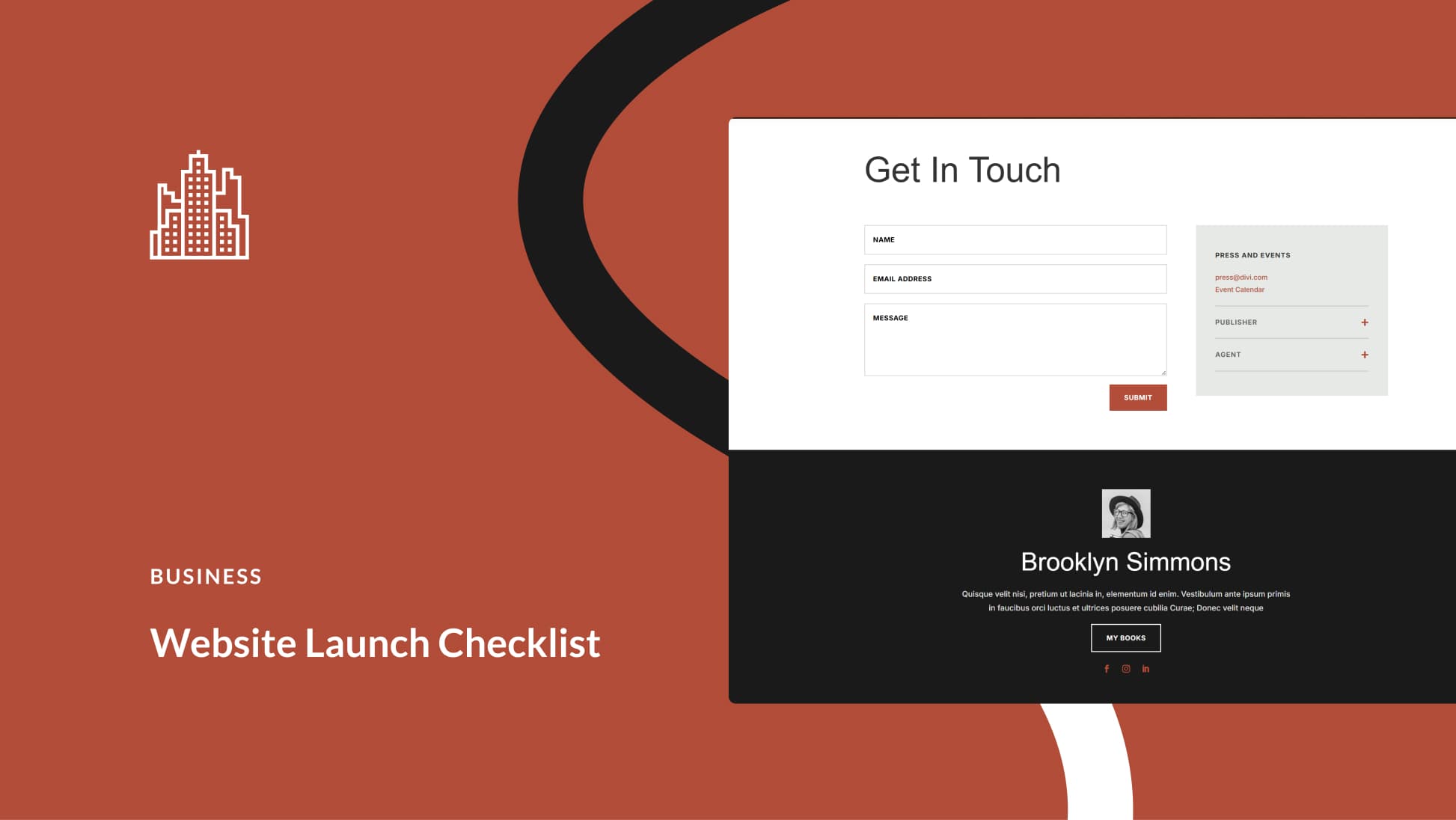Emailing someone you don’t know is always nerve-wracking. They might miss your email, delete it, or even worse, read it and not bother answering back. That’s why learning how to introduce yourself over email is essential if you work online.
Crafting an excellent introduction email is a powerful skill that will help you to grow your professional network and land more work. In this article, we’ll talk more about what introduction emails are and why they’re important. We’ll also show you how best to introduce yourself and others over email.
Let’s get to it!
What an Introduction Email Is (And When It Can Come In Handy)
We’re willing to bet that there are many people in your field you’d like to talk or network with. However, in some cases, you won’t be lucky enough to know someone else who can introduce you. When that happens, your best bet is to break the ice yourself with a simple email.
An introduction email is not the same as a cold pitch. With the latter, the primary purpose is to convert the recipient or sell them on an offer. In other words, cold pitches are focused on sales. With an introduction email, on the other hand, you want the other person to get to know you and why they should care about staying in touch. With that in mind, here are some examples of situations when you might want to use one:
- To network with other people in your field.
- To find mentorship opportunities.
- For letting potential clients know you’re interested in working with them.
- To kick off business collaborations with other professionals or businesses.
All that sounds great, but as we all know, getting emails from people you don’t know isn’t something most people look forward to. That means if you want a response, you need to make sure your introduction email strikes the right notes and it catches your recipient’s eye. Let’s talk about how to do that.
3 Elements of a Successful Introduction Email
Every great introduction email shares three key elements, which are easy to keep in mind. Let’s talk about what those are!
1. Create an Engaging Headline
For someone to open your email, its headline needs to catch their attention. Ideally, it’ll also tell them what the purpose of your message is since you want to avoid sounding like spam. For example, here are a couple of headlines that we wouldn’t recommend you touch with a ten-foot pole!
- URGENT: You need to read this now!
- Let’s get in touch!
If you’re anything like us, those two emails would quickly find their way to your spam folder. With introduction emails, the tone you use in your headlines will depend on what their purpose is. If you’re writing to someone you want to network with, something such as “I’d love to pick your brain about X” might catch their interest, if it has to do with their industry.
For a business collaboration, a headline such as “Business opportunity” would be too generic. On the other hand a simple “Looking for a potential business collaboration” sounds just like something we might click on.
Coming up with the right headline is, without a doubt, the hardest part of crafting an introductory email. If you want to maximize your chances of success, you need to research the person you’re trying to contact. Find out what their interests are and figure out what value you can offer them in order to catch their attention.
The easiest way to break the ice with someone new is to make a point of mentioning any contacts you have in common. Here’s an example of an introduction email showcasing this:
Hello Laura,
My name is John Doe. I’ve worked with Jane Doe in the past, who’s mentioned you several times before. I’m a big fan of… ()
All the best,
The tone, in this case, is somewhat familiar, which only works because having a shared contact establishes a higher baseline of trust. Without that connection, you’re starting from scratch, so you’d need to kick off your introduction email by quickly stating why they should care about you, which we’ll cover next.
3. Explain the Purpose of Your Email
Making a new penpal is great, but for our purposes, introduction emails are all about establishing business or career opportunities. That means you need to be direct in communicating why you’re writing them, which is particularly important if you don’t have any common acquaintances.
For example, here’s how we’d write a simple introductory email to a stranger:
Hello Laura,
My name is John Doe. I run an e-commerce store in a similar niche as you, only we focus on organic peanut butter instead of honey.
I’m a big fan of your products and your blog posts and I think there may be some interesting opportunities for us to collaborate. If you have the time, I’d love to run some ideas by you.
All the best,
The first thing we did in that example was to establish why the other person should care about who we are. We then move on to show we have shared interests, and finally, we reveal the purpose of our email.
That’s a lot of ground to cover, but we did it in only a few lines, which is key. After all, nobody wants to read a five-page email from a stranger.
How to Introduce Yourself (And Others) Via Email
We’ve already covered the key elements of introductory emails and shown you some simple examples. With that in mind, let’s dive right into a template you can use the next time you need to introduce yourself via email.
Hello Jane,
My name is John Doe, I’m [insert your qualifications or other relevant information here]. [Mention common acquaintances if you have any and briefly explain how you know each other].
[Mention some aspect of the recipient’s work and why it interests you]. [Explain the purpose of your email].
[Formal or casual goodbye].
Structurally speaking, introduction emails are downright simple. The key, as we mentioned earlier, is to use the perfect headline and catch your reader’s attention right away. Once they open the email, you need to establish your value and then get to the point.
One key aspect that’s important to remember is the purpose of this email isn’t to get a conversion. What you want is to get a response, which opens the door for further communications down the line.
In some cases, you might find yourself in the position where you need to introduce someone you know to another contact. This can save the former a lot of trouble in contacting the latter, and it’s always a nice thing to do for a colleague. In those cases, our introduction email template would change a bit to something like this:
Hello Jane,
[Quick formal or casual greeting]. I’m writing to you because I want to put you in touch with a colleague, John Doe. He and I know each other from [discuss professional background].
John has a lot of experience when it comes to your field and he wanted to reach you because [discuss the purpose of your email].
I know you two can help each other, so I’ll leave you to it!
All the best,
The tone, in this case, is more casual since you’re basically playing matchmaker between two people you know. You can, of course, go a bit more formal if that’s appropriate. The important thing is to establish why the person you’re contacting should care about the person you’re introducing them to.
Once you play your part as Cupid, your job should be done. The best way to carry this out is to CC both parties into the same conversation so that they can carry on the conversation without you. However, you can also just include your colleague’s contact info into your introductory email. That way is often less intrusive since it leaves it up to your recipient to decide whether or not to contact them.
Conclusion
When you email someone you don’t know, you run the risk of being ignored. However, by knowing how to write an introduction email that gets someone’s attention you have a much higher chance of standing out and getting a response.
Armed with this skill, you’ll have an easier time networking, finding clients, and even pitching collaborations to other businesses. Just keep your introduction email short, make sure the other person understands what you have to offer, and write a compelling subject line.
Do you have any questions about how to write a great introduction email? Let’s talk about them in the comments section below!
Article thumbnail image by Teerawat siriahmat / shutterstock.com









Great but I think that you just have to talk about your contact, describe what he need in first place, and present the way how you can bring him value. After, just talk about your expertise and experience. Only one sentence for that. And then, how you can start to work togerher. I’m okay with you that it’s a hard thing to do, but talking about your prospect is the only way to convert contact to client.
Thanks for sharing your thoughts, Xavier. There is obviously no perfect or even “right” way of writing such an email, so there are multiple approaches that can be successful. 🙂
Thanks for this article. Very useful. Learned some new tips on writing introductory emails.